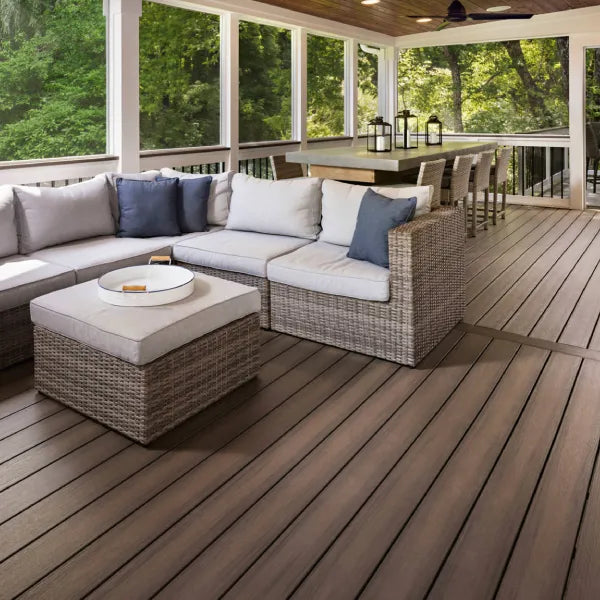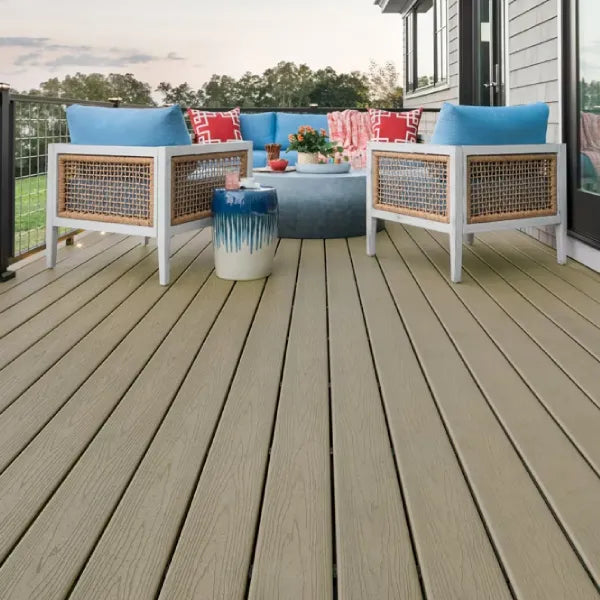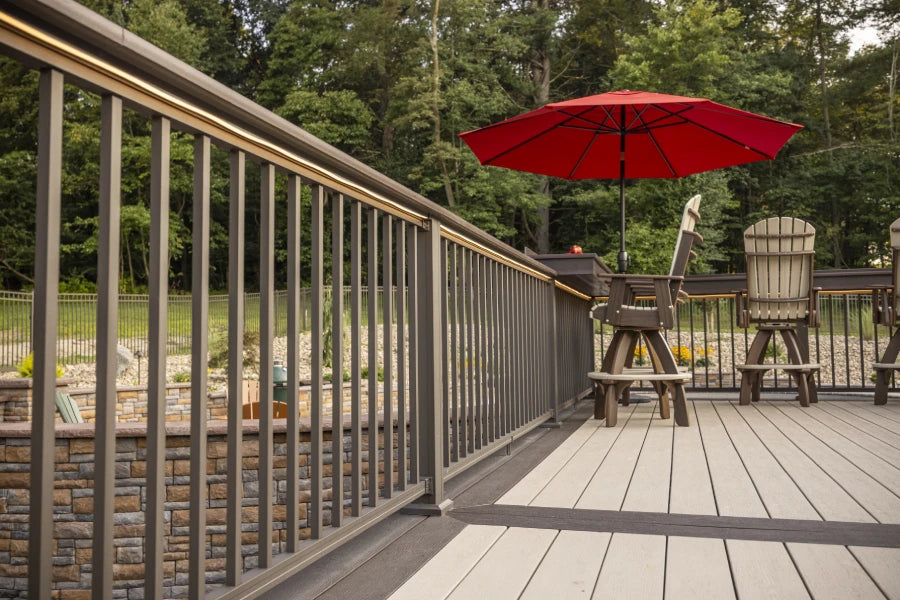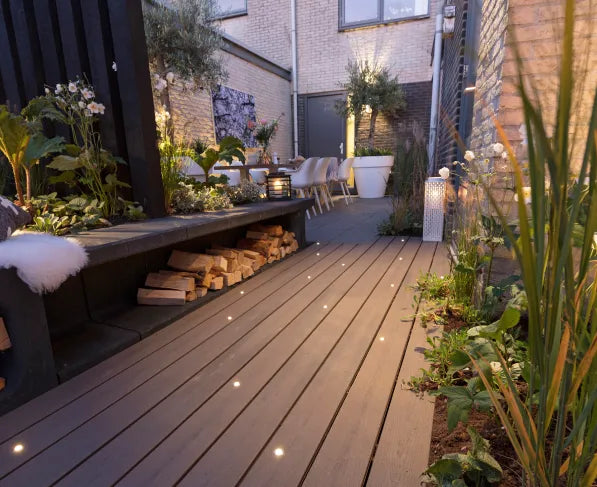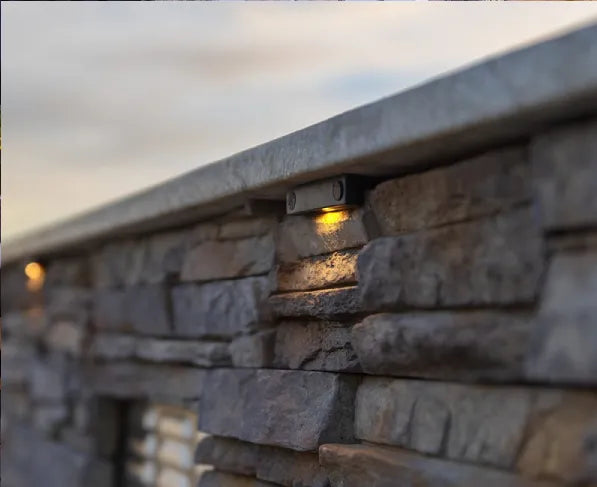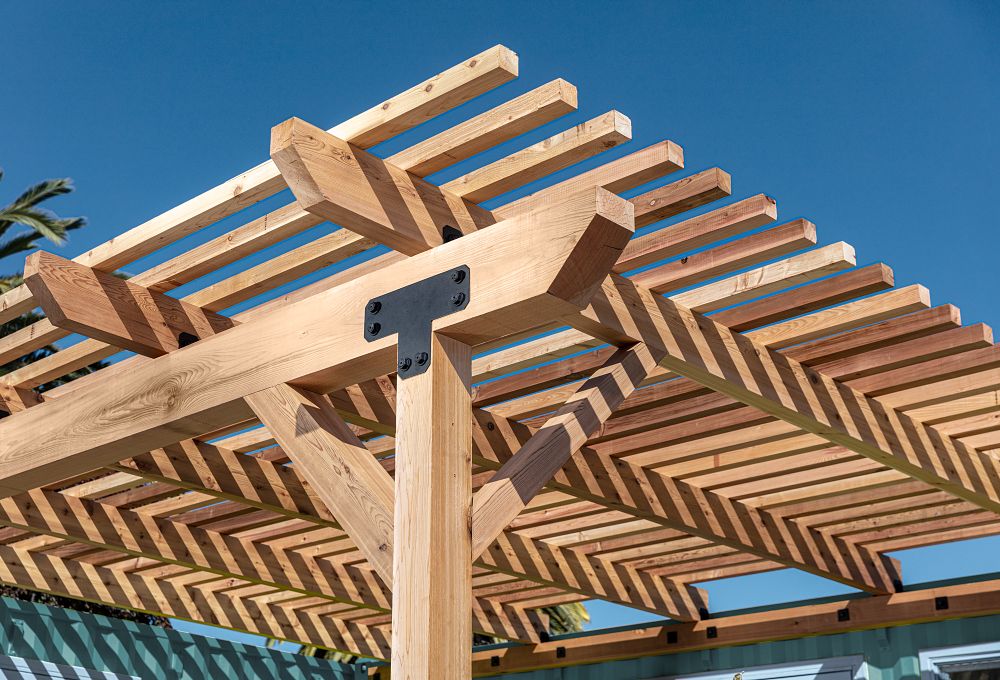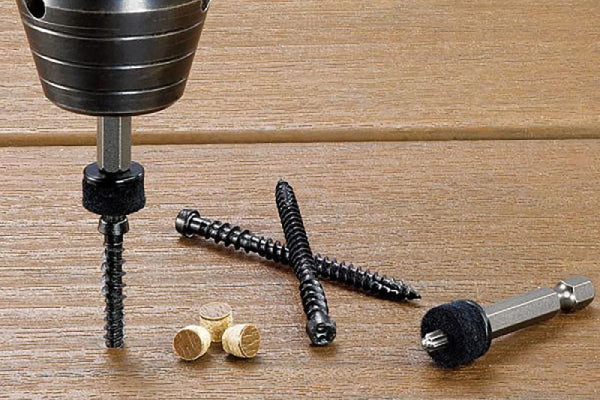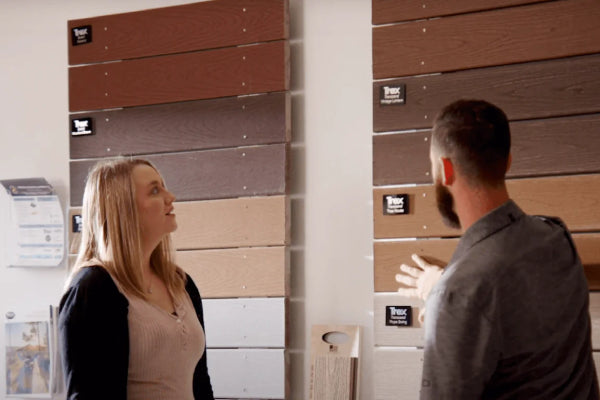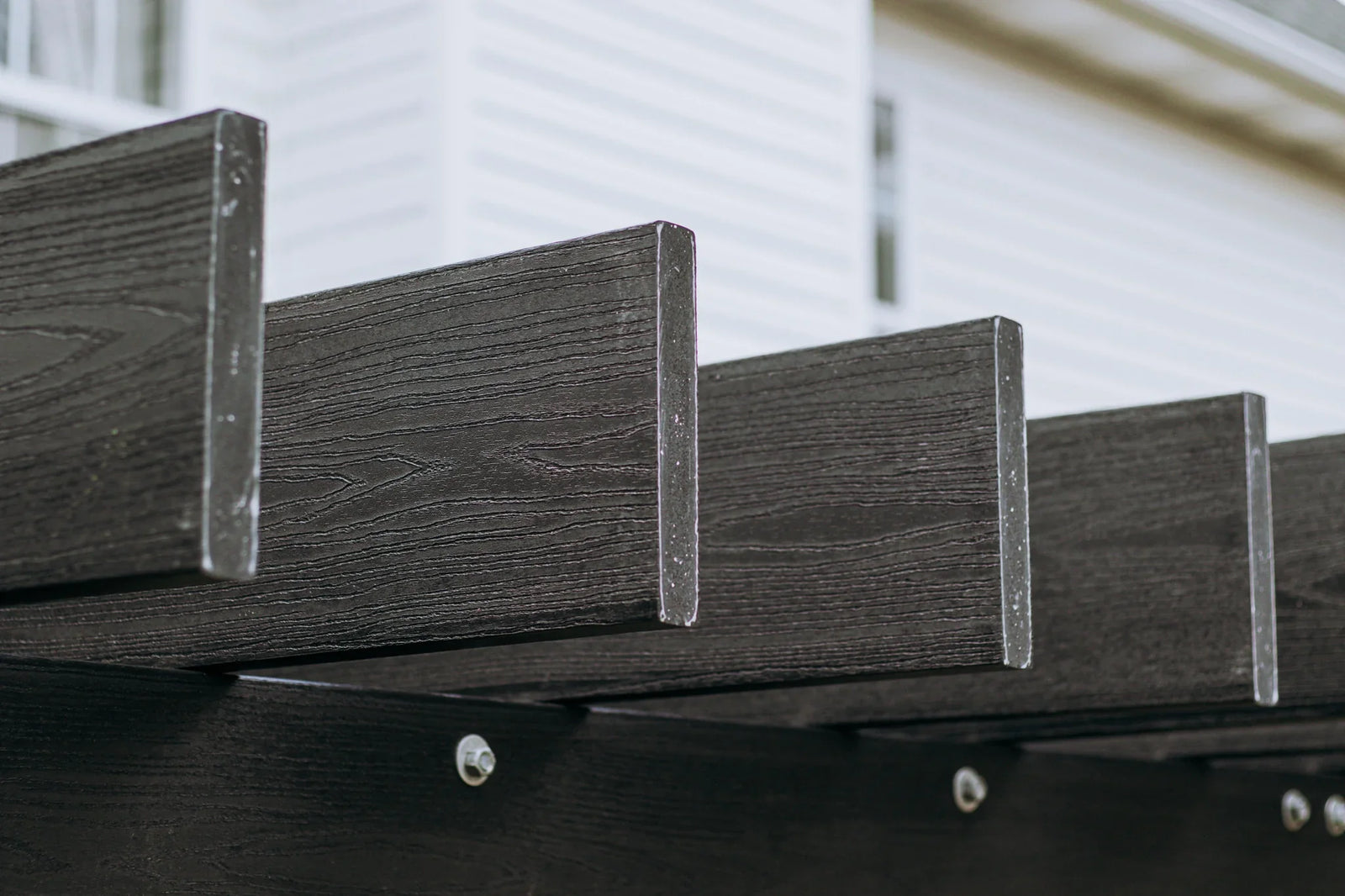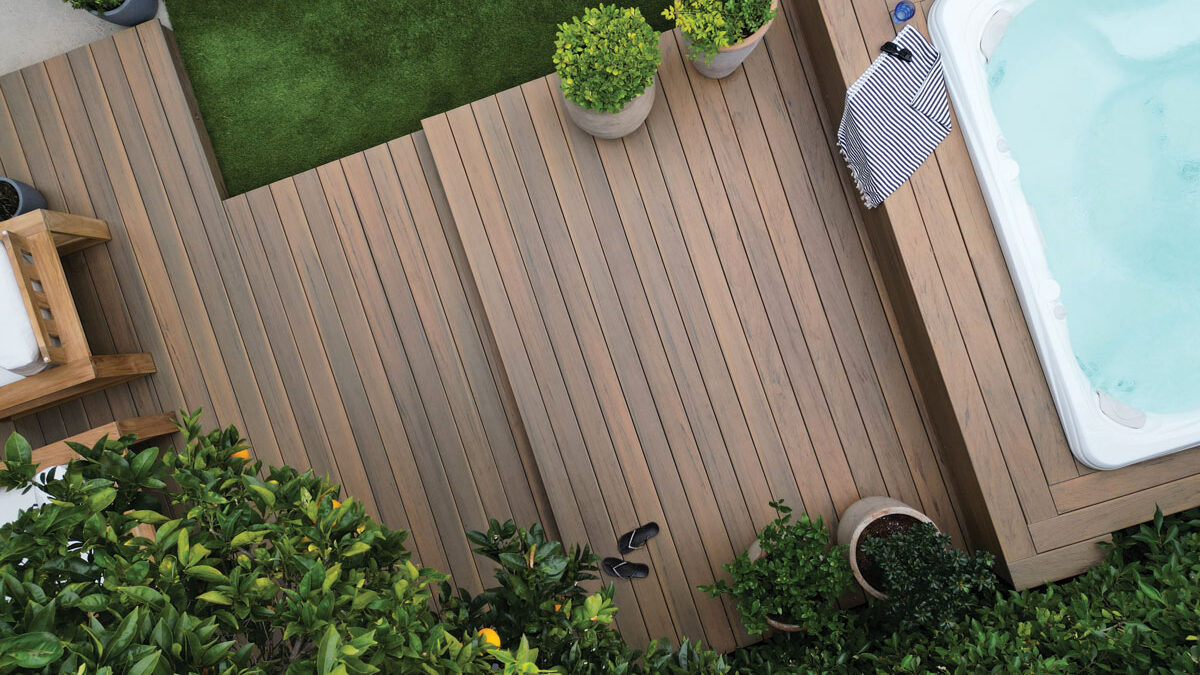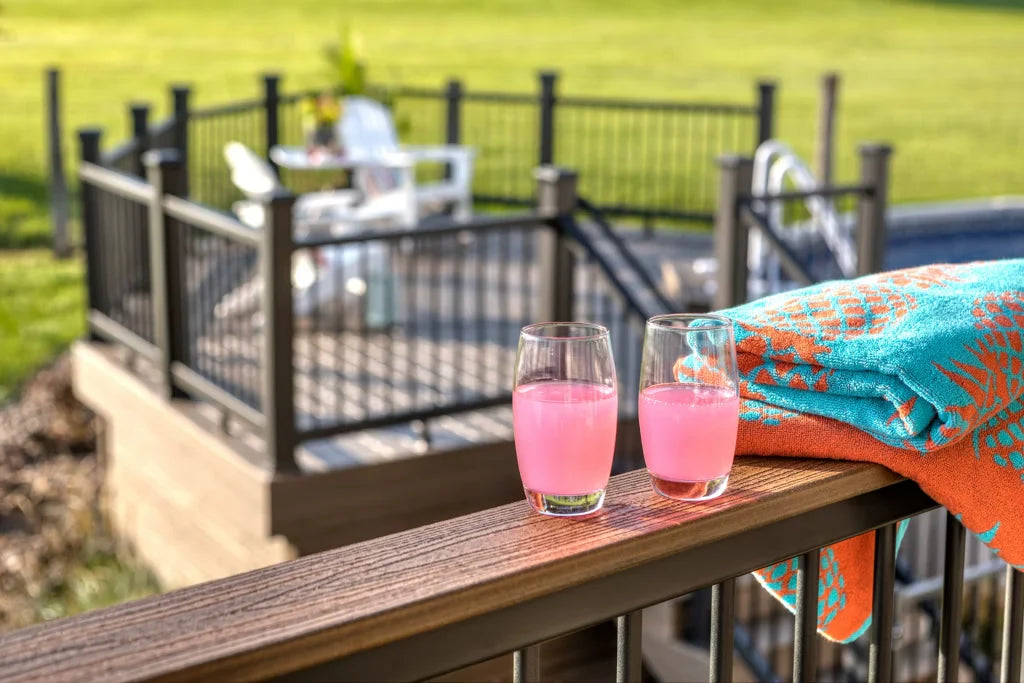Choosing the Right Framing for Your Project
You have choices when it comes to the materials you build a new deck from. Some of the most popular choices for homeowners and contractors include wood, steel, and HDPE framing. This guide will help you understand the qualities of each one so you can make an informed decision about which one is best suited to your project.
Factors That Influence Deck Material Selection
Various factors influence what materials you use for outdoor projects. The goal in selecting decking products is to find one that meets your needs, addresses environmental conditions and concerns, and fits your budget.
When shopping for deck materials, consider how each of the following factors could affect your project, both during construction and over time:
Climate: The climate where you are located is a major consideration for several reasons. First, extremes, such as brutal UV rays, excessive moisture, and high snow totals, can take a toll on certain materials. The climate may also influence how much use your deck gets. High-use surfaces should be made of the most durable and maintenance-free materials to ensure a long life.
Proximity to water: Your nearness to water, particularly salt water, can affect which building material is best for your project. Steel framing may rust, while wood framing can rot in moist environments.
Budget: Each material has a range of prices, but some tend to be more affordable upfront than others. Be sure to also consider the long-term cost of maintenance, repairs, and eventual replacement for each material when assessing the total cost of ownership.
House design and style: The architectural style and construction of your home will affect which decking materials coordinate best.
Skill level: DIYers should be honest about their skill and comfort level for working with each type of deck framing. Some, such as wood and HDPE framing, are relatively easy to work with using only basic tools. On the other hand, you may need specialized tools or skills to work with some types of steel framing. If you are hiring a professional, then this may not apply.
Required maintenance: Your willingness to perform or pay for regular maintenance may help steer you toward one product over another. For example, Owens Corning framing made from high-density polyethylene requires much less routine care than wood.
Deck Framing Material Options
You have three main choices for structural framing for home decks: HDPE framing, steel framing, and wood or lumber framing. Each one has a unique set of qualities that might make it more suitable than the others for your outdoor construction projects. Before making a decision, compare the features, pros, and cons of these three types of deck materials to find the right one for your new deck.
HDPE Framing
Composite decking made from high-density polyethylene (HDPE) is an increasingly popular option and can be an alternative to traditional wood for most construction projects. These premium products, including HDPE framing from Owens Corning, can be installed easily with basic tools.
HDPE framing is an excellent choice for homeowners who live in coastal areas where steel framing may not be a suitable option. It is rotproof, rustproof, and resistant to insects. Once installed, you won’t have to worry about applying a finish, sanding, or waterproofing. Many products come with a warranty to give you extra peace of mind.
The benefits of HDPE vs wood carry a premium price. You will pay more upfront for a composite deck compared to one made from pressure-treated lumber. However, the lack of maintenance and paint or stain and a long life span help mitigate that higher cost over time.
Pros
Some of the benefits of choosing HDPE framing include:
Does not rot, mold and mildew resistant
Easy to work with (no need for special tools)
Eco-friendly, sometimes recycled
Does not split or splinter
Cons
You will also have to contend with the material’s downsides, such as:
HDPE may weather in direct sun (newer materials include UV protection to reduce fading).
It has lower strength and stiffness than some other materials.
Wood Framing
Wood framing materials are generally the most affordable option for budget-conscious shoppers. Most building contractors are well-qualified and equipped to build a handsome deck using lumber. Additionally, wood is easy to work with and requires only basic tools a handy DIYer probably already has.
Wood decking requires more maintenance than other materials. You must stain, paint, or otherwise seal it against weather damage. High moisture from rain, flooding, or sitting snow could cause rot. It is also susceptible to insect damage.
Pros
Wood decks are popular because of their affordability and other positive qualities, including the following:
- Easy to cut and attach, no special tools
- Does not rust (but may rot in wet conditions)
- Can change the appearance easily with stains or paint
- High strength
Cons
While the most affordable options, wood-framed decks also have a few disadvantages, such as:
- Can splinter and chip
- Scratches easily
- May rot in wet conditions
- Susceptible to bug damage
- Requires regular maintenance
Steel Framing
Steel framing is more expensive option than wood but offers several advantages over it. For example, it will not suffer from insect damage. However, it requires maintenance and can rust under high moisture conditions. Steel is an excellent choice for high-use and commercial deck projects. A professional contractor is recommended if you opt for a steel deck.
Pros
If you choose steel deck framing, you can expect the following benefits:
- Weldable
- Scratch and wear-resistant
- High strength
- Not susceptible to rot or insect damage
Cons
You should also be prepared for a few drawbacks with a steel deck, including:
- Thermally conductive, which may cause burns
- May rust or corrode in outdoor conditions
- High upfront cost
- You may need special tools for cutting and attachment
Coordinating Features
Talk about features that can help make a deck attractive and how that influences building material selection.
Framed with the right materials, a well-built deck can serve as a natural extension of your home. Adding coordinating features can make it more attractive and functional. Keep the availability of the following extras in mind when choosing your framing materials:
- Railings, handrails, and balusters: These improve safety and give your deck a finished look. Some materials, such as HDPE framing, have coordinating railings and accessories to create a seamless look.
- Integrated lights: Another great safety feature, coordinating lights also make evening entertaining easier.
- Planters and shelves: Integrating shelves and planters into your deck with matching materials increases their functionality and beauty. Many deck materials, including wood and high-density polyethylene, offer coordinating storage accessories.
Shop The Deck Store for Premium Decking Materials
The Deck Store brings premium building materials for outdoor projects to homeowners and contractors. Our online ordering process makes getting the HDPE framing and other deck supplies you need simple. Contact us to find the ideal deck materials for your next outdoor project.
 This item ships for FREE!
This item ships for FREE!